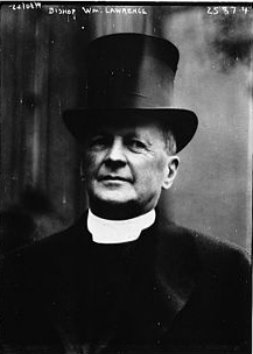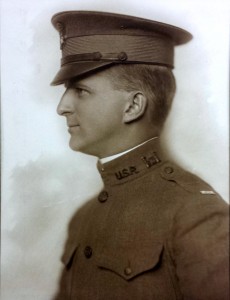December 13. Celebration of our 75th Year
Our fifth rector, The Rev. Dr. Phillips Endecott Osgood, said in his sermon: “We are stewards of an inheritance, interpreters of a tradition”. Organist Dr. Albert Snow composed an anthem for the service. Bishop Emeritus William Lawrence praised our first four wardens:
- Edward Sprague Rand (1st senior warden), a trustworthy, public-spirited lawyer
- William Richards Lawrence (1st junior warden), who had bought the land for our church. was his uncle.
- Benjamin Tyler Reed (2nd senior warden), who founded in Cambridge the Episcopal Theological School, which became the Episcopal Divinity School
- Enoch Reddington Mudge (2nd junior warden), who later built St. Stephen’s Church, Lynn
For more detail, see Boston Globe, Dec. 14, 1936, p. 4: “Bishop Lawrence in Tribute to Early Emmanuel Wardens. Services Celebrate 75th Birthday of Church. Dr. Osgood Views Future”.








